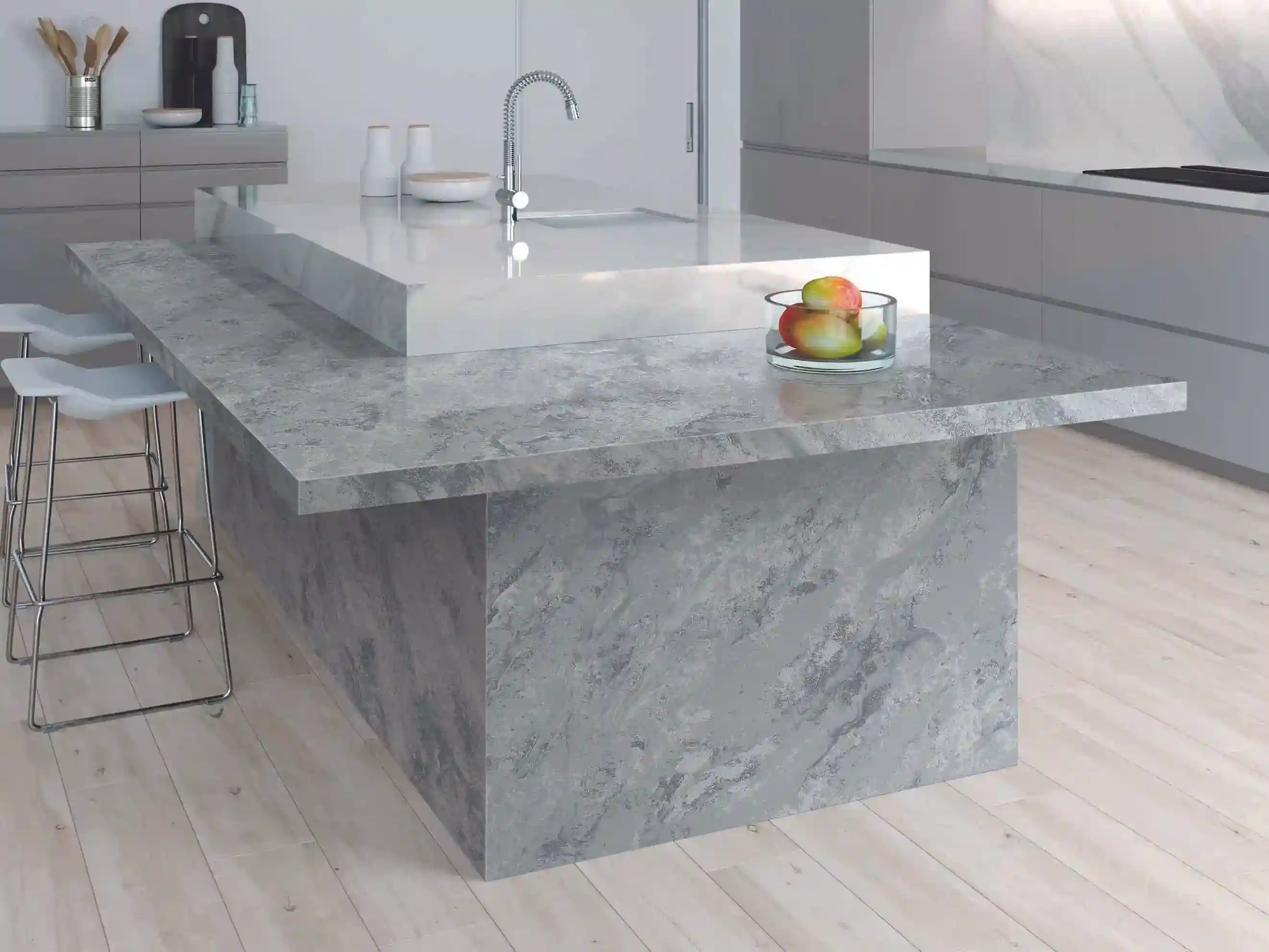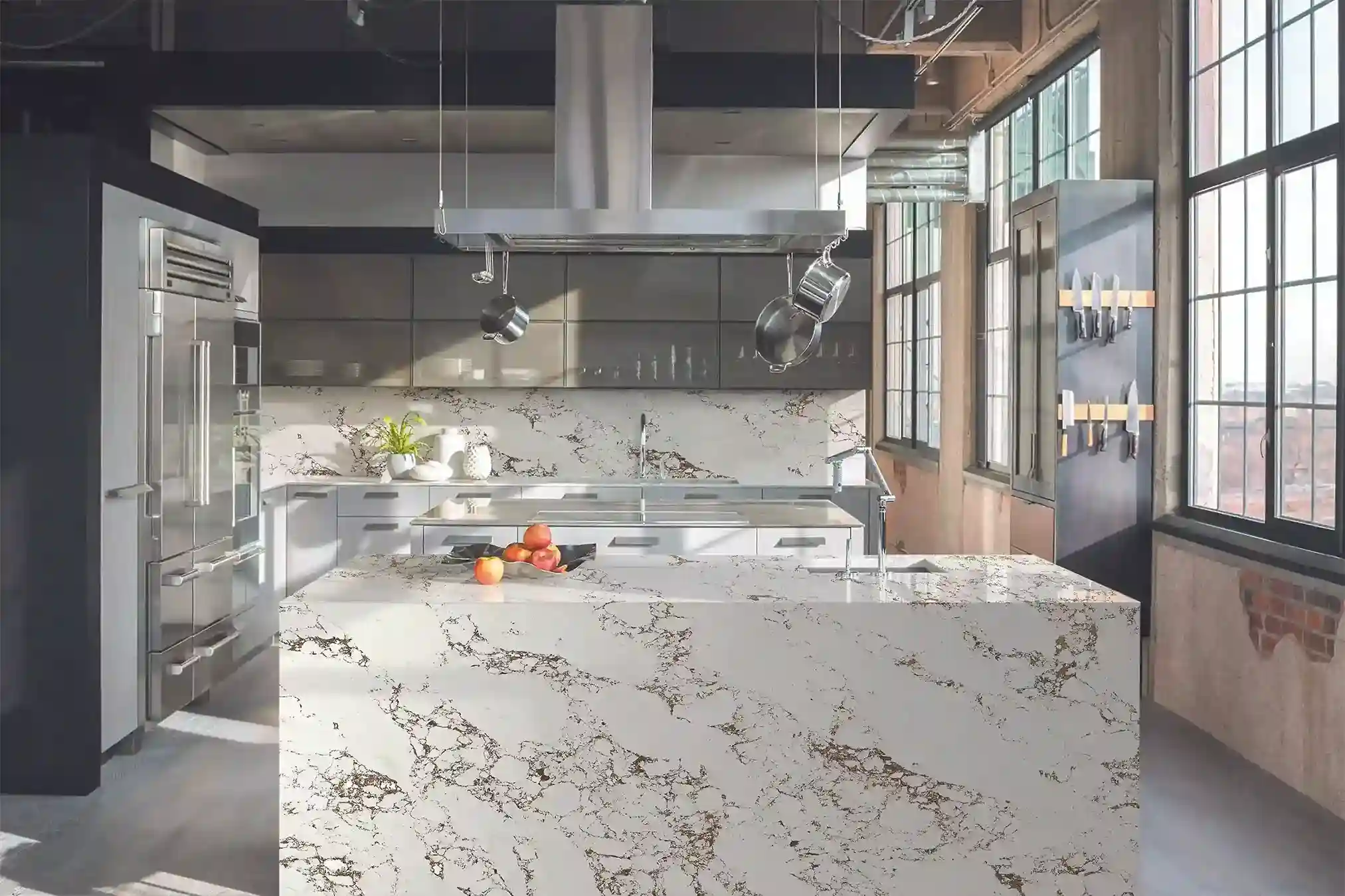The Process of Making Porcelain
The Process of Making Porcelain

The first step in producing porcelain, a durable and beautiful finished product, is preparing the raw materials. The raw materials consist of kaolin, feldspar and quartz. It is important to select the raw materials carefully to ensure the purity and high quality of the raw materials. Kaolin, which is a clay material, provides the plasticity required to shape the porcelain body, feldspar is used as a flux that decreases the melting point and fosters the vitrification process during firing, and quartz provides hardness and strength to the finished product.
The first stage in this process is the mining of the raw material, slurry, and transporting the raw material to the processing/manufacturing plant. Once the raw material arrives at the processing/manufacturing plant, the refined processes begin. The first refined raw material processing step has several sub-steps; the three raw materials are first crushed and ground to a fine powder. This powder is then mixed with water to create a slurry. After the slurry is created, it is screened to remove impurities, and to ensure a uniform particle size for each component.
The forming process of porcelain is both detailed and exact, transforming the unit process of raw materials into beautiful and durable items. The first step is choosing the right quality clay (primarily kaolinite) and to blend it with feldspar and silicate quartz, and then mix it with water. This new pliable material is called porcelain slip or simply slip.
The forming process shapes the slip using a variety of methods. The most popular process to form porcelain, slip casting, involves pouring the slip into a porous plaster mold. The plaster unit absorbs the excess water, while the solid die will remain with a layer of clay on the internal part of the mold. This unit process is ideal for producing shapes with intricate details.


Drying porcelain is a vital process in the product of porcelain products, which ensures that porcelain objects reach the applicable situations of strength and stability in medication for blasting. Drying involves developing removing humidity from the porcelain body to help any cracking, warping, or other scars during blasting in the kiln.
After being formed, porcelain pieces are damp and delicate which is why controlled drying is important to minimize humidity content over time. Porcelain pieces can be made to dry naturally( on the shelf) or by using drying chambers drying apartments that may have a controlled temperature/ moisture range. A crucial aspect to controlled drying involves regulated tailwind, temperature, and moisture. Livery controlled drying is vital to maintaining the design and shape of the porcelain particulars.
Porcelain firing is a very important part of creating ceramic products; it is the last step that solidifies raw material into food-safe, glass-like ceramic. When firing porcelain, porcelain is heated to extremely high temperatures in a kiln typically between 1,200 and 1,400 degrees Celsius (2,192 to 2,552 degrees Fahrenheit). The process of firing porcelain is called vitrification, and it both melts the raw particles in the clay and facilitates them bonding together, forming a dense, non-porous, and translucent finalized product.
The process of firing also happens at lower temperatures; we can distinguish clay body into two firing process ; bisque firing, and glaze firing. The process of firing begins first with the process of bisque firing. Bisque firing, or preliminary firing, will remove moisture, and it will also remove organic material. Bisque firing is the first step of hardening porcelain into a stable, hard material that is easier to handle, and easier to glaze.


Porcelain glazing is a process that improves the looks and performance of porcelain tiles. The glazing process applies liquid glass to the tile, and then the tile is fired at a very high temperature. The firing process turns the liquid glaze into a hard, gloss, and impervious layer that improves both the durability and aesthetics of the tile.
One of the significant advantages of porcelain glazing is it can offer an outstanding high-gloss finish to accentuate the tile's color and design. The glaze can be tinted to many colors and have intricate designs so acts as an imitation of natural stone, wood, or fabric. The flexibility of porcelain glazing for designers and architects opens endless possibilities for both residential and commercial applications.
Quality control is a complex and involved process in porcelain production that aims to ensure the highest levels of durability, aesthetics and functionality. The process of quality control starts with careful selection of raw materials, including clays,feldspars, and kaolins such that only the highest quality, undeteriorated raw materials are chosen that show no signs of contamination. Importantly, resource quality is also linked to other elements of the supply chain.
A potential contaminant in the raw material stage is the soil source itself. To ensure that the clay resource is suitable to manufacture porcelain or stoneware, laboratory testing is conducted on the clays and components in the raw mix stage. Laboratory testing involves a full assessment of the raw material chemical composition, particle size distribution, and plasticity characteristics.these measurements identify the conditions for suitability according to applicable quality assurance criteria. The mixer's blending process is also controlled as the uniformity of the slurry helps to contribute towards the structural integrity of final body of porcelain product.



